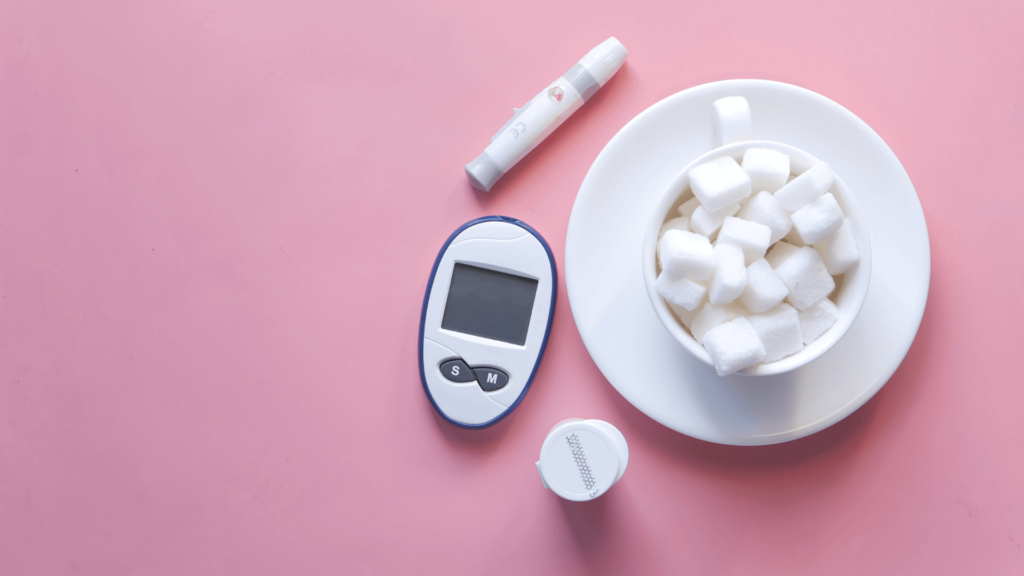
Diabetes is a chronic metabolic disorder that occurs when the body is unable to produce or use insulin effectively. Insulin is a hormone produced by the pancreas that regulates blood sugar levels. When the body is unable to use insulin effectively, it can lead to high blood sugar levels, which can cause a range of health problems.
Types of Diabetes:
There are three main types of diabetes:
Type 1 Diabetes: Type 1 diabetes occurs when the body’s immune system attacks and destroys the cells in the pancreas that produce insulin. This results in little to no insulin production, and people with type 1 diabetes require insulin injections to survive.
Type 2 Diabetes: Type 2 diabetes is the most common form of diabetes and occurs when the body is unable to use insulin effectively. This can lead to high blood sugar levels, and people with type 2 diabetes may require medication, lifestyle changes, and sometimes insulin injections to manage their blood sugar levels.
Gestational Diabetes: Gestational diabetes is a form of diabetes that occurs during pregnancy. It typically resolves after childbirth, but it increases the risk of developing type 2 diabetes later in life.

Symptoms of Diabetes:
Some common symptoms of diabetes include:
Increased thirst and frequent urination
Fatigue and weakness
Blurred vision
Slow healing of wounds or infections
Tingling or numbness in hands or feet
Unexplained weight loss (in type 1 diabetes)
Increased hunger (in type 2 diabetes)
Risk Factors:
Some common risk factors for developing diabetes include :
Family history of diabetes
Obesity or being overweight
Sedentary lifestyle
High blood pressure or high cholesterol levels
Age (risk increases with age)
Gestational diabetes during pregnancy
Polycystic ovary syndrome (PCOS)
Management and Treatment:
There is no medicinal cure for diabetes, but it can be halted, reversed and even be made almost negligible with lifestyle changes , medication, and insulin therapy. The goal of treatment is to keep blood sugar levels within a target range to prevent long-term complications.
Diet and exercise: Eating a healthy diet and engaging in regular physical activity can help improve blood sugar control and insulin sensitivity.
Medication: Depending on the type and severity of diabetes, medication may be required to help manage blood sugar levels. Common medications include metformin, sulfonylureas, and insulin.
Insulin therapy: People with type 1 diabetes require insulin therapy to survive, while some people with type 2 diabetes may also require insulin injections to manage their blood sugar levels.
Blood sugar monitoring: Regular blood sugar monitoring is important to ensure that blood sugar levels are within the target range.
In conclusion, diabetes is a chronic metabolic disorder that can have serious long-term complications if left untreated. With proper management, including lifestyle changes, medication, and insulin therapy, people with diabetes can live healthy and active lives. It is important to work closely with a healthcare provider to develop a personalized treatment plan for diabetes management.


